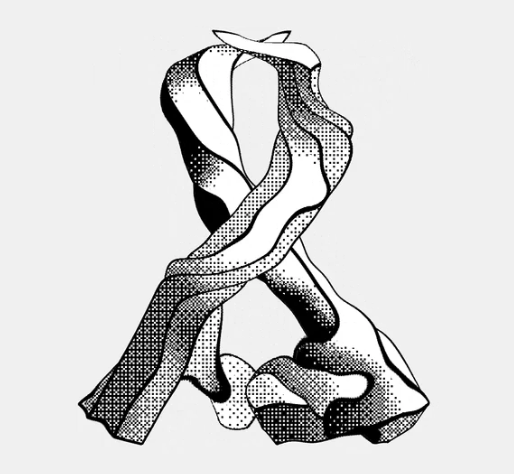

Nice try FBI


Nice try FBI


A couple of ideas:
Holography is often used to record information from the real world, and in that process it’s impossible to record the light’s phase during the encode step. Physicist’s call it “the phase problem” and there are all kinds of fancy tricks to try to get around it when decoding holograms in the computer. If you’re simulating everything from scratch then you have the luxury of recording the phase as well as the amplitude - and this should make decoding much easier as a result!


I’ll go a little against the grain here. I think that LLM chatbots will definitely find application helping lonely people, and some people will develop a real connection to the bot. A relationship with a bot might be similar to one with a human, but it will never be identical. So it won’t replace human connections, but that doesn’t mean it wont have significant utility and be meaningful to people.
A coworker recently sent me a Word document with edits and comments they had added. When I downloaded & opened it (in Word on Windows!) it told me that it had the edits/comments but it wouldn’t let me see them unless I log in to my Microsoft account and then view it online in the web version of Word. What the actual fuck?
Fuck that. I responded to my coworker and asked them to just send me the edits via email in plain text. I’m not winning popularity contests at work, but what the fuck Microsoft?


deleted by creator


Adnausium sounds really cool! How similar is it to uBlock in practice? (I don’t want to lose the great performance of uBlock)
If you’re nervous about the switch consider dual-booting. Then you’re not fully committed to the switch & you can have your old Windows system back whenever you want it.
Main steps are:
Some useful links:


What’s a “gang input”?


I saw numbers on this recently. It was something like 80-90% of all antibiotics are given to livestock. So this is a huge contributor.


Lol!!! Yes!!!


Trying to prevent bacteria from developing antimicrobial resistance. At these rates in 30 years antimicrobial resistant bacteria are projected to kill more people than cancer.


When you grow up everything you write will need to be in cursive.


You’re being a wet blanket.


The Empire Strikes Back


Could switching your user agent help? Try setting yourself to Windows+Chrome.


Always thought “Kiss from a Rose” by Seal was very beautiful.


Oatmeal w/ nuts, dried fruit, & honey. Very cheap & good for you.


Soap
I have an Anbernic RG353M & it sounds like it fits your needs. Emulates up to PSP. Moddable: I run ArkOS which is Debian-based - so I can SSH in,
apt installprograms, run custom bash scripts I wrote, etc. I also ported a desktop game to run on it. So moddability points are high! Also dual-boots into Android, so Android games are available if that’s your thing. It comes with the Android dual-boot right out of the box!Downsides:
Overall, it’s got those hardware quirks above but I still like it and I don’t regret it for the price (something like ~$100 a couple of years ago I think). Battery life is very good, even for graphics intensive games. It can go many hours without needing a charge, and generally it has better stamina than I do!